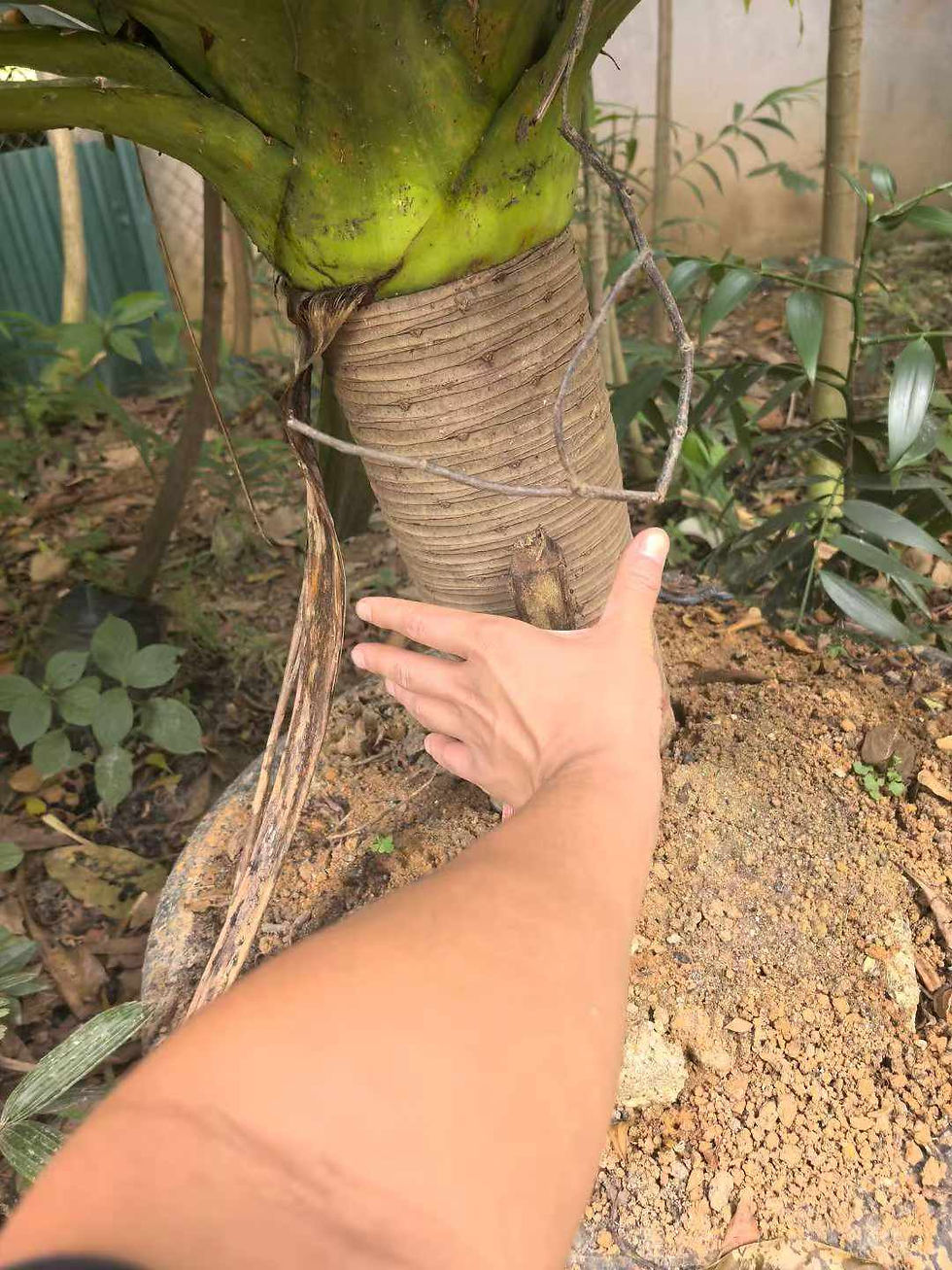Roystonea regia
Roystonea regia, commonly known as the Cuban royal palm or the Florida royal palm is a species of palm that is native to Mexico, parts of Central America and the Caribbean, and southern Florida. A large and attractive palm, it has been planted throughout the tropics and subtropics as an ornamental tree. Although it is sometimes called R. elata, the conserved nameR. regia is now the correct name for the species. The Royal Palm reaches heights from 50 to 70 feet tall. Populations in Cuba and Florida were long seen as separate species, but are now considered to belong to a single species.
Best known as an ornamental, R. regia is also used as a source of thatch, construction timber, and in some forms of so-called traditional medicine, although there is currently no valid scientific evidence to support the efficacy or use of any palm species for medicinal purposes. The fruit is eaten by birds and bats (which disperse the seeds) and fed to livestock. Its flowers are visited by birds and bats, and it serves as a roosting site and food source for a variety of animals. Roystonea regia is the national tree of Cuba, and has a religious role both in Santería and Christianity, where it is used in Palm Sunday observances.
Roystonea regia is a large palm which reaches a height of 20–30 metres (66–98 ft) tall, (with heights up to 34.5 m (113 ft) reported) and a stem diameter of about 47 centimetres (19 in). (K. F. Connor reports a maximum stem diameter of 61 cm (24 in).) The trunk is stout, very smooth and grey-white in colour with a characteristic bulge below a distinctive green crownshaft. Trees have about 15 leaves which can be up to 4 m (13 ft) long. The flowers are white with pinkish anthers. The fruit are spheroid to ellipsoid in shape, 8.9–15 millimetres (0.35–0.59 in) long and 7–10.9 mm (0.28–0.43 in) wide. They are green when immature, turning red and eventually purplish-black as they mature.
Root nodules containing Rhizobium bacteria have been found on R. regia trees in India. The presence of rhizobia-containing root nodules is usually associated with nitrogen fixation in legumes; this was the first record of root nodules in a monocotyledonous tree. Further evidence of nitrogen fixation was provided by the presence of nitrogenase (an enzyme used in nitrogen fixation) and leghaemoglobin, a compound which allows nitrogenase to function by reducing the oxygen concentration in the root nodule. In addition to evidence of nitrogen fixation, the nodules were also found to be producing indole acetic acid, an important plant hormone.

































